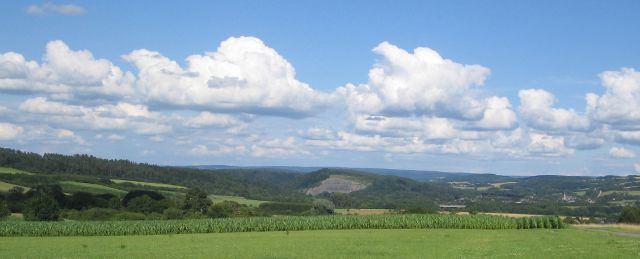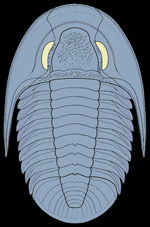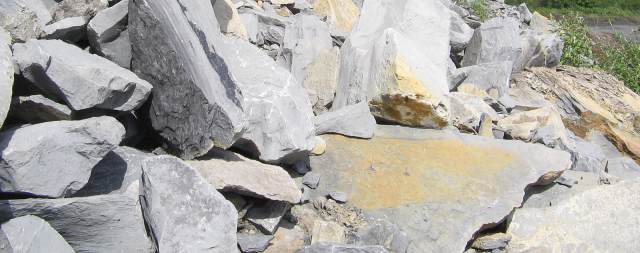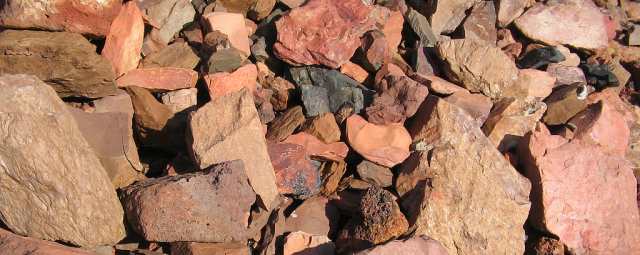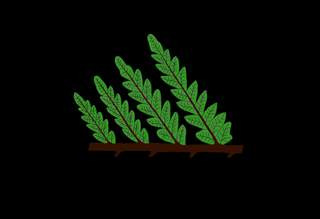Somnium
Devonian trilobites from the Ardennes
Abandoned Quarry la Lesse at Resteigne (Belgium), witch contains remains of the tropical Rheic Ocean.
Over 500 million years ago they lived in the seas, nearly 300 million years long.
They are called the trilobites, hard-shelled, segmented arthropods, one of the earliest complex life forms on this planet.
Trilobites became very diverse and peaked during the Ordovician.
In the Devonian (416-359 million years ago) life for the trilobites remains tough, some increased there armour dramatically.
At the end there number of taxa drastically diminished.
© Line drawing copyright by Dr. Sam Gon
Carboniferous trilobites from Tournai (Belgium)
Tournaisian limestone, witch contains remains of the closing Rheic Ocean.
By the Carboniferous (359 million years ago) the only surviving trilobite Order was Proetida.
The number of taxa again fall dramatically after the Mid-Carboniferous, and at the end of the Permian (251 million years ago) they where extinct.
© Line drawing copyright by Dr. Sam Gon
Carboniferous plant fossils from Mons (Belgium)
Westphalian terril material.
During the Carboniferous (359-299 million years ago) forest and swamps covered vast extensions of land, land-plants evolved in increasing numbers.
Swamps and forests found cover and food for many enormous scorpions, centripedes, dragonflies, cockroaches and grasshoppers.
